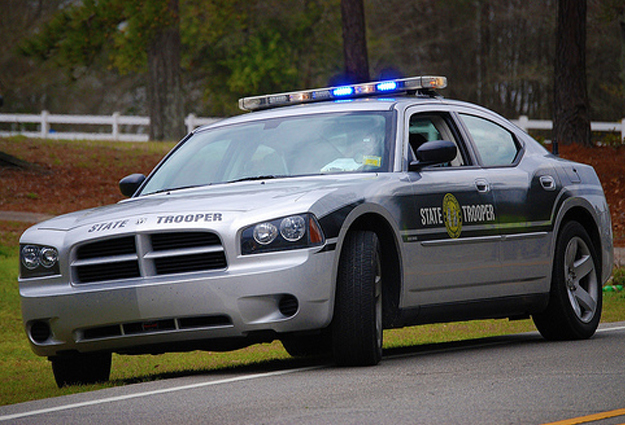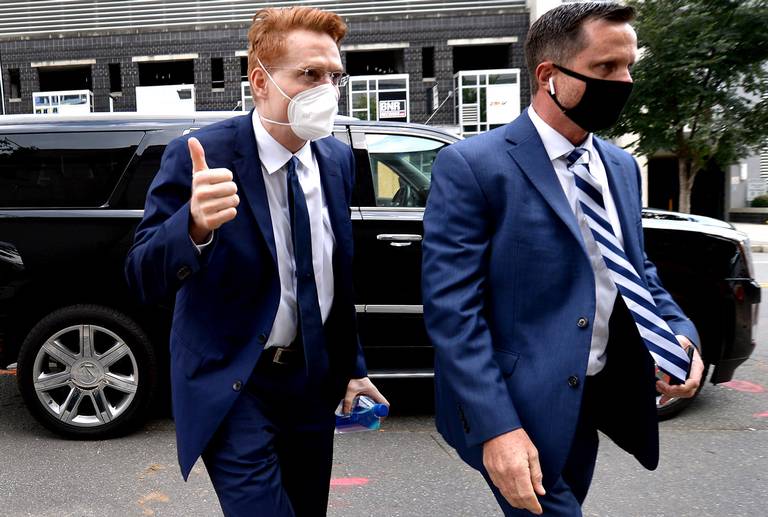On December 17, 2016, Francisco Nolasco was driving west on I-40 near the exit for Highway 86 in northern Chapel Hill when he hit a patch of ice and slid off the roadway.
While a tow truck was on scene to retrieve Nolasco’s damaged vehicle, another driver came through the area, went on the far side of the tow truck and hit Nolasco – killing him.
That second driver – later identified by authorities as Michael Nazall – then fled the scene. An Orange County jury last month found Nazall guilty of second-degree murder in that case.
Shea Denning is a professor in the School of Government at UNC. She went into detail about what elevates a charge to second-degree murder from the lesser, more common charge of felony death by motor vehicle.
“It’s a matter of degree,” Denning said, “a question of the degree of culpability associated with the defendant’s behavior.”
Denning gave examples of what could warrant harsher charges.
“[If the defendant] not only drove while impaired but did so in a particularly dangerous way,” she said. “Perhaps the person was driving at a really high rate of speed, for example, in addition to being impaired.
“Or the person drove while impaired after having been officially placed on warning that that kind of conduct was dangerous.”
Assistant District Attorney Jeff Nieman argued Nazall was guilty of second-degree murder because he said Nazall acted with malice, alleging that Nazall – who had been convicted of a DWI just nine months before the crash that killed Nolasco – fled the scene to his home in Guilford County after the crash in Orange County. Nieman also presented evidence that he said showed Nazall had washed off his vehicle after hitting Nolasco.
Family members of Nolasco and Nazall were both emotional during portions of the closing arguments, which took place in Orange County Superior Court.
Nazall’s defense attorney James Rainsford, who is a former prosecutor, told the jury that several veteran law enforcement officers were around Nazall hours after the crash and did not report that he appeared appreciably impaired. He also contended that the road conditions the night of the crash did not allow for clear visibility of the lane outlines along the highway.
Nieman countered that Nazall should have moved over to a further lane when seeing the emergency vehicle on the scene. He also said Nazall was aware of the consequences of his actions, pointing to the fact that he left the scene.
The jury agreed with Nieman, finding Nazall guilty of second-degree murder. Nazall was sentenced to between 175 and 222 months in prison, according to Nieman.
The second-degree murder conviction is rare for an alcohol-related motor-vehicle death. Some other high-profile cases – including that of Chandler Kania, the UNC student who drove the wrong way on I-85 before striking another vehicle head-on, killing two adults and a child – have fallen short of that measure in the minds of juries.






Comments on Chapelboro are moderated according to our Community Guidelines